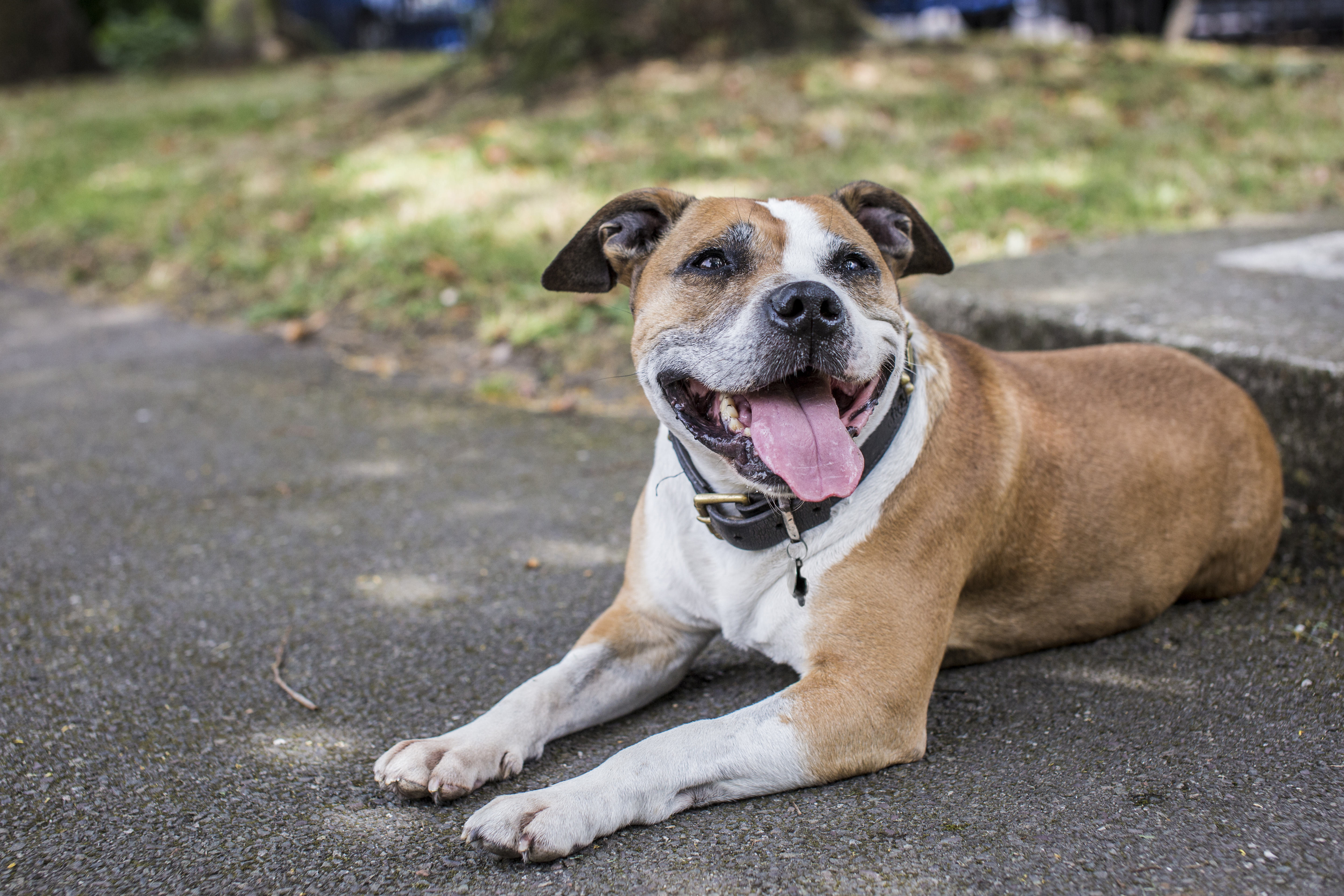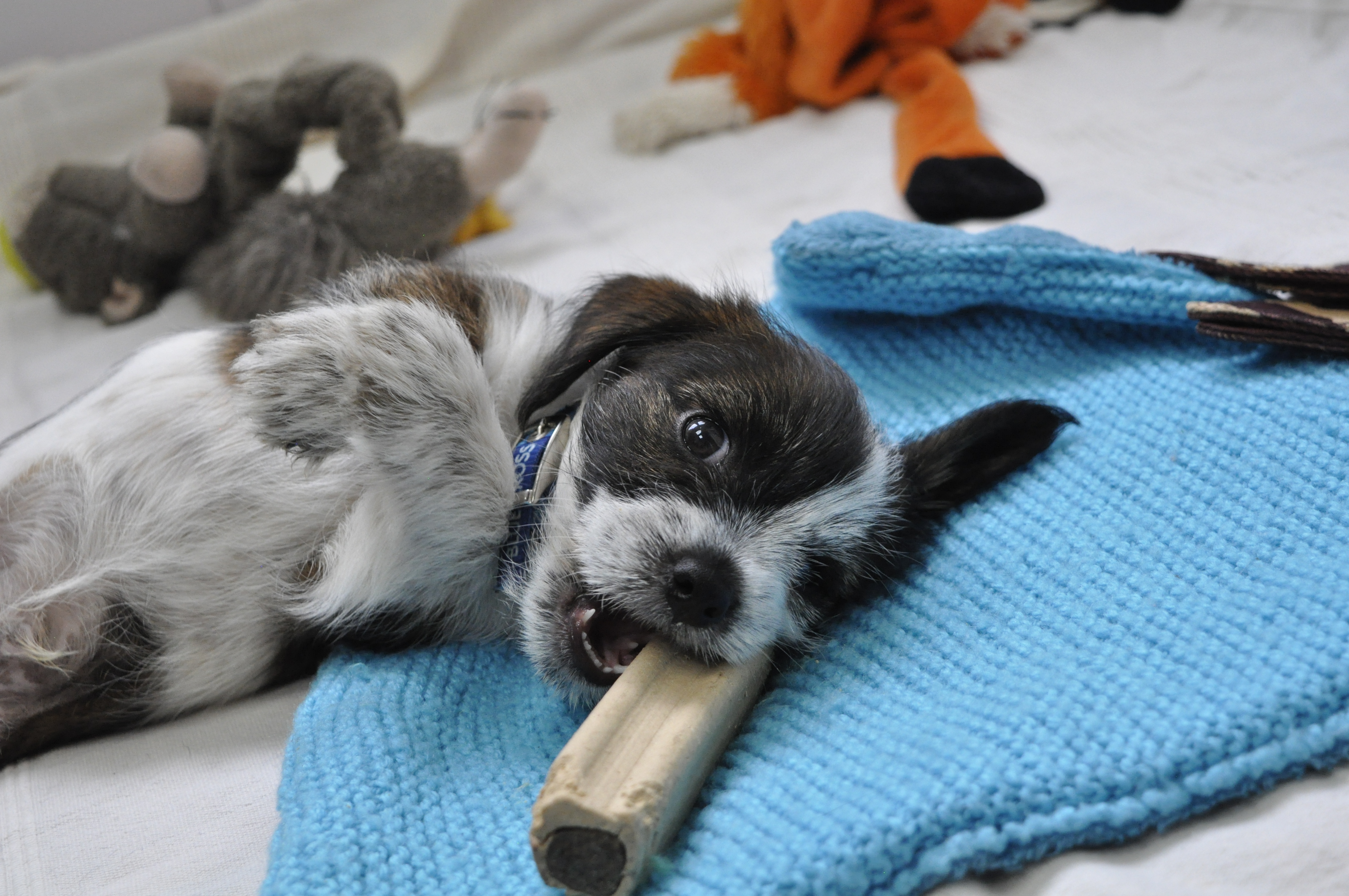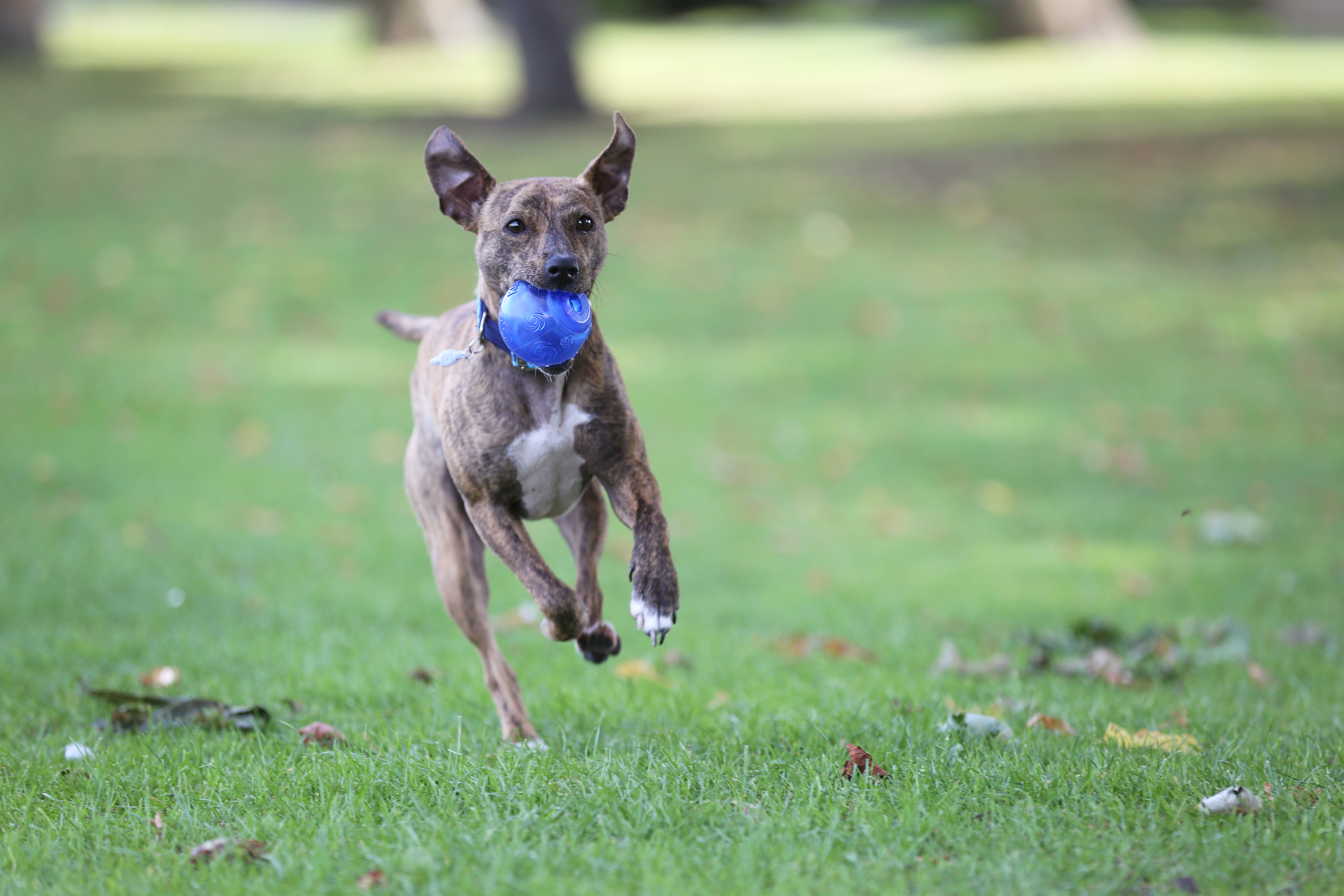
Dog dental care
- Brushing your dog's teeth daily is the best way to keep your dog's dental hygiene in check
- Dental chews and the correct diet has some effect in reducing plaque
- Your dog should be slowly trained to accept having their teeth brushed using positive training methods
- If your dog's teeth have a large amount of plaque on them, you should seek the advice of your vet
Your dog’s teeth have a lot of work to do. Dogs use their mouths for more than just eating; they use them to play, explore and taste a lot of their surroundings too. So if your dog’s teeth aren’t properly cared for, it can start to cause problems.
If dog’s teeth are not regularly cleaned, the plaque will build up and turn into tartar. This has a solid, brown, gritty look and feel and can lead to inflammation and tenderness which is no fun for your dog to contend with while trying to eat. It can also go on to cause gingivitis and gum disease.
How to keep your dog’s teeth clean
As with most things in life, prevention is better than cure. You can start by brushing your dog’s teeth daily with a special dog toothbrush and toothpaste (don’t use human toothpaste as this contains chemicals that can be toxic to dogs).
Giving your dog dental chews and a suitable diet has some effect in reducing plaque. The dental chews should be the correct size for your dog; if they are too small they can be a choking hazard. Bear in mind that many dental chews are high in calories; reduce your dog’s normal food intake accordingly so that they don’t put on weight.
Avoid hard chews, bone and stones that can wear down or break teeth.

How to brush your dog’s teeth
Start getting your dog comfortable with having their teeth cleaned from as early an age as possible so that they associate this experience with a positive reward. To begin the training, choose a time when your dog is comfortable and relaxed, take it slowly, keep sessions short and stop while your dog is still happy (you don’t want to teach your dog to stop treatment by wriggling) and begin using the following steps:
- Stroke your dog’s cheek gently back and forth to get them used to your hand being by their mouth. You should aim to do this for the first two to three days before continuing to the next step.
- Introduce the toothpaste on your finger, allowing your dog to lick it off
- After your dog has shown that they enjoy the toothpaste, start to run your finger along the inside of their mouth, following the gum line
- If your dog is comfortable allowing you to do this then, after a few days, you can introduce the toothbrush, allowing your dog to lick the toothbrush with the dog toothpaste on (don’t put the toothbrush in their mouth just yet!)
- Okay, so they’re now comfortable with licking the toothbrush? It’s time to start brushing those teeth. Start gently; targeting the front teeth first you should make gentle round motions, stopping regularly to allow them to lick the toothbrush (so they’re continuously rewarded).
- Once your dog is happy to let you brush their front teeth and their canines, you can move onto the back teeth, repeating the stopping and starting process
After a couple of weeks you should be able to gently brush your dog’s teeth without any fuss. If you can, try to focus brushing where the teeth meet the gum.
Don’t despair if you have an older dog though - it will take longer, but you can still train them to accept tooth brushing
There are many foods, chews and treatments that you can add to the water and mouthwashes that claim to help reduce dental plaque and, while they probably help to some degree, daily tooth brushing is by far the best way to keep your pet’s teeth healthy
If your dog’s teeth look like they have a large build-up of plaque you should seek the advice of your vet as they may need professional attention.






